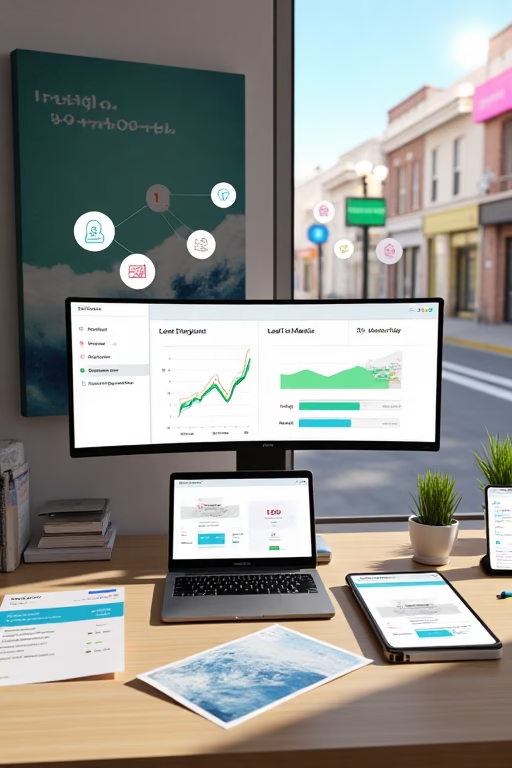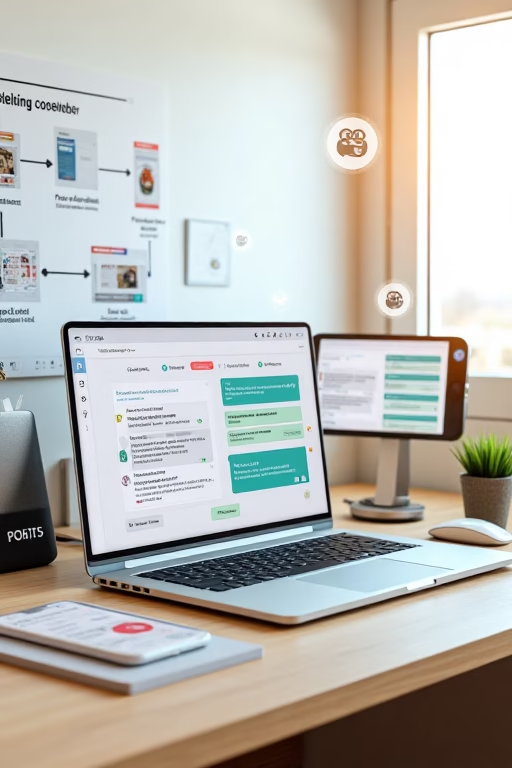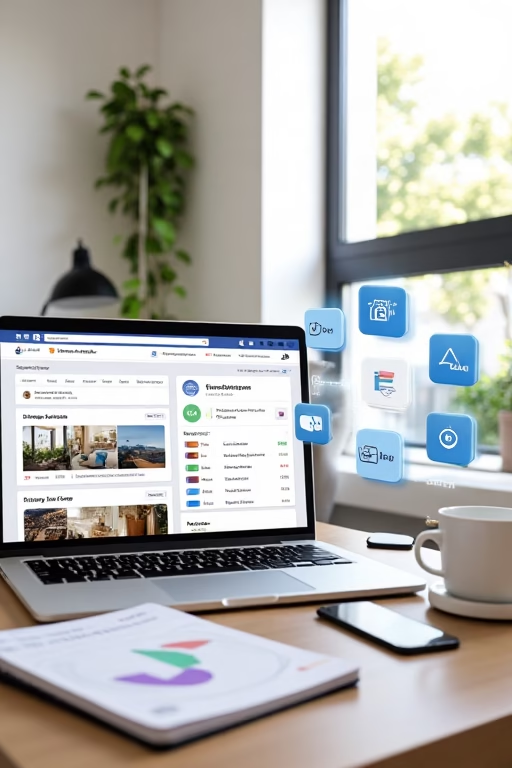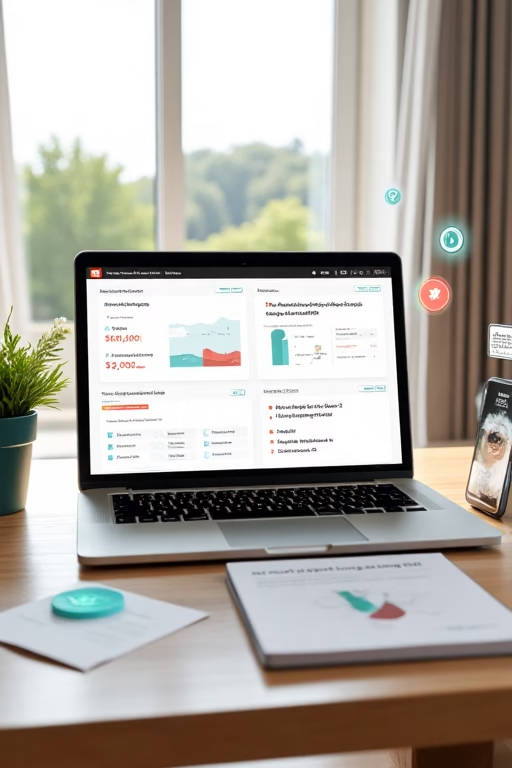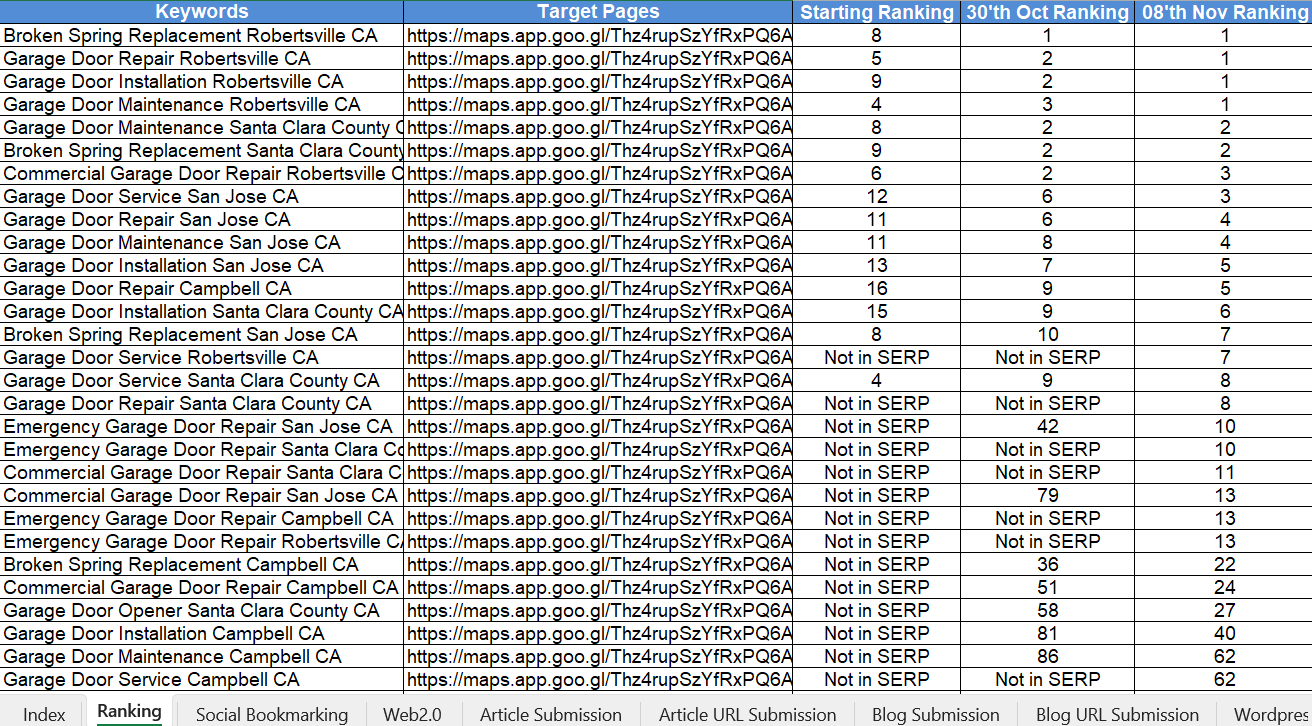Why Your Competitor Is Getting All the Leads
Why Your Competitor Is Getting All the Leads
Understand & Outpace the Competition with Market Wiz AI
Table of Contents
- Introduction: Why Your Competitor Is Getting All the Leads
- 1. Competitive Analysis: Diagnose the Gap
- 1.1 Traffic & Channel Comparison
- 1.2 Offer & Messaging Analysis
- 1.3 Pricing & Positioning
- 1.4 Website & UX Review
- 2. Boost Your Visibility
- 2.1 SEO & Content Strategy
- 2.2 Paid Media Tactics
- 2.3 Social Proof & Reviews
- 3. Enhance Customer Engagement
- 3.1 Personalization & Segmentation
- 3.2 Automated Nurture Sequences
- 3.3 Interactive Content
- 4. Optimize Your Conversion Funnel
- 4.1 Landing Page Best Practices
- 4.2 A/B Testing & Analytics
- 4.3 Chatbots & Instant Support
- 5. Retain & Upsell Leads
- 5.1 Email Drip Campaigns
- 5.2 Loyalty Programs
- 5.3 Feedback Loops
- 6. Case Studies: Turning the Tables
- 7. Conclusion & Action Plan
- 8. 25 FAQs
- 9. 25 Extra Keywords
Introduction: Why Your Competitor Is Getting All the Leads
Why Your Competitor Is Getting All the Leads explores the critical missteps holding you back and reveals proven strategies to reclaim market share. From diagnosing traffic gaps to optimizing your funnels, this guide empowers you to compete effectively and start capturing the leads you deserve.
1. Competitive Analysis: Diagnose the Gap
1.1 Traffic & Channel Comparison
Use tools like SEMrush or SimilarWeb to compare your traffic sources—organic, paid, social—with your competitor’s. Identify underutilized channels.
1.2 Offer & Messaging Analysis
Audit their value propositions, bullet points, and CTAs. Are they promising faster delivery, deeper discounts, or unique guarantees?
1.3 Pricing & Positioning
Benchmark pricing tiers and packages. A slight price or feature advantage can tilt prospects toward them.
1.4 Website & UX Review
Evaluate load times, navigation clarity, and trust signals. A smoother journey can boost conversion rates significantly.
2. Boost Your Visibility
2.1 SEO & Content Strategy
Prioritize high-intent keywords your competitor ranks for. Publish deep-dive guides and case studies that address buyer questions.
2.2 Paid Media Tactics
Test competitor keywords in PPC, employ remarketing, and optimize your ad copy with USP-driven headlines.
2.3 Social Proof & Reviews
Encourage satisfied customers to leave reviews on Google, Facebook, and industry sites. Display them prominently on landing pages.
3. Enhance Customer Engagement
3.1 Personalization & Segmentation
Segment leads by industry, behavior, and stage. Tailor emails and retargeting ads with dynamic content blocks.
3.2 Automated Nurture Sequences
Deploy drip campaigns that deliver timely resources—eBooks, webinars, demos—to move prospects down the funnel.
3.3 Interactive Content
Use quizzes, calculators, and polls to engage visitors and capture richer lead data than standard forms.
4. Optimize Your Conversion Funnel
4.1 Landing Page Best Practices
Use concise headlines, clear CTAs, and social proof above the fold. Limit form fields to maximize submissions.
4.2 A/B Testing & Analytics
Continuously test layouts, copy variations, and button colors. Track performance in Google Optimize or Optimizely.
4.3 Chatbots & Instant Support
Deploy chat widgets to qualify visitors instantly and route serious inquiries to sales reps in real time.
5. Retain & Upsell Leads
5.1 Email Drip Campaigns
After initial conversion, nurture customers with product tips, cross-sell offers, and exclusive deals.
5.2 Loyalty Programs
Implement points-based or tiered programs that incentivize repeat purchases and referrals.
5.3 Feedback Loops
Gather customer feedback post-purchase to improve offerings and demonstrate you listen to their needs.
6. Case Studies: Turning the Tables
6.1 SaaS Startup Gains 40% Market Share
By rewriting their pricing page and launching a targeted PPC campaign on competitor keywords, they overtook their rival in visibility within 3 months.
6.2 Local Service Provider Doubles Inquiries
After implementing review widgets and personalized drip emails, a plumbing company saw inquiries double and booking rates rise 25%.
7. Conclusion & Action Plan
Understanding Why Your Competitor Is Getting All the Leads starts with rigorous analysis and ends with relentless optimization. Audit your gaps, boost visibility, engage prospects meaningfully, and fine-tune your funnel. Start with one section—SEO, paid media, or content—and use Market Wiz AI’s tools to accelerate your progress. Ready to lead rather than follow? Get started today.
8. 25 Frequently Asked Questions
1. Why is my competitor outranking me?
Likely due to stronger SEO, better backlinks, or more optimized on-page content for the same keywords.
2. How do I find competitor keywords?
Use tools like Ahrefs or SEMrush to analyze their top ranking pages and export their keyword lists.
3. Should I target competitor brand terms in PPC?
Yes—bidding on competitor terms can capture high-intent traffic, but watch for higher CPCs.
4. How many reviews do I need to compete?
Aim for at least 50+ reviews with an average rating above 4.5 to build trust and local SEO strength.
5. What’s a good conversion rate?
Depending on industry, 2–5% is average; top performers exceed 10% with optimized funnels.
6. How often should I A/B test?
Continuously—run small tests weekly and implement winners monthly to maintain gains.
7. Are chatbots effective?
When configured well, bots can handle 60–70% of routine inquiries, freeing reps for high-value leads.
8. How do I measure funnel leakage?
Use analytics to track drop-off at each stage—landing page, form submission, demo request—and address top leak points.
9. What content types win leads?
Case studies, ROI calculators, and industry benchmarks perform best for mid-to-bottom-of-funnel engagement.
10. How do I improve email open rates?
Personalize subject lines, send at optimal times, and keep preview text concise and compelling.
11. Should I adjust pricing?
A slight promotional discount or value-add can sway cost-sensitive prospects without devaluing your brand.
12. What social media channels matter?
Choose channels where your audience spends time—LinkedIn for B2B, Instagram/Facebook for B2C, TikTok for younger demos.
13. How do I get backlinks?
Guest post on industry sites, partner with complementary businesses, and earn mentions through quality research.
14. Is voice search a factor?
Yes—optimize for conversational queries and featured snippets to capture voice-driven traffic.
15. Can I automate competitor monitoring?
Use alert tools (Google Alerts, SEMrush) to get real-time updates on their new content, backlinks, and campaigns.
16. How important is site speed?
Crucial—each second of delay can drop conversion by ~7%, affecting both SEO and user experience.
17. What role do meta descriptions play?
They influence CTR; write clear, benefit-driven snippets to entice clicks from SERPs.
18. How do I track offline leads?
Use unique phone numbers, promo codes, or landing pages to attribute calls and visits back to digital efforts.
19. Should I attend industry events?
Yes—speaking or sponsoring events can boost brand authority and generate high-quality networking leads.
20. What is intent data?
Signals from user behavior that indicate purchase readiness—leverage third-party intent tools to prioritize outreach.
21. How do I optimize for mobile?
Use responsive design, concise CTAs, and fast load times to cater to on-the-go prospects.
22. Can webinars help me catch up?
Absolutely—educational webinars attract engaged attendees and position you as an authority.
23. What’s a good follow-up cadence?
4–7 touches over 2–3 weeks, mixing email, calls, and social engagements, balances persistence with respect.
24. Should I revise my USP?
If your messaging blends in, craft a sharper unique selling proposition that addresses a specific pain point.
25. Where can I learn more?
Visit Market Wiz AI’s blog for advanced competitive playbooks, toolkits, and AI-powered growth hacks.
9. 25 Extra Keywords
- competitive analysis leads
- beat competitor SEO
- PPC competitor targeting
- lead generation best practices
- market share growth strategies
- funnel optimization tips
- customer engagement tactics
- conversion rate improvements
- chatbot lead capture
- interactive content for leads
- drop-off analysis
- personalized drip campaigns
- loyalty program ideas
- review generation tactics
- retargeting strategies
- voice search optimization
- mobile funnel best practices
- webinar lead gen
- loyalty vs acquisition
- email subject line tips
- pricing psychology
- brand positioning tactics
- social proof examples
- local SEO competitor tactics
- Market Wiz AI competitive guide
Why Your Competitor Is Getting All the Leads Read More »


